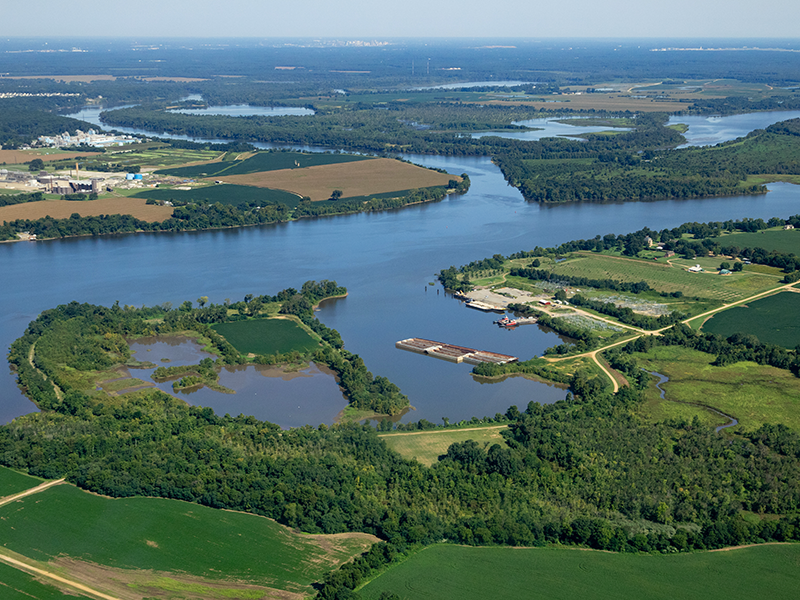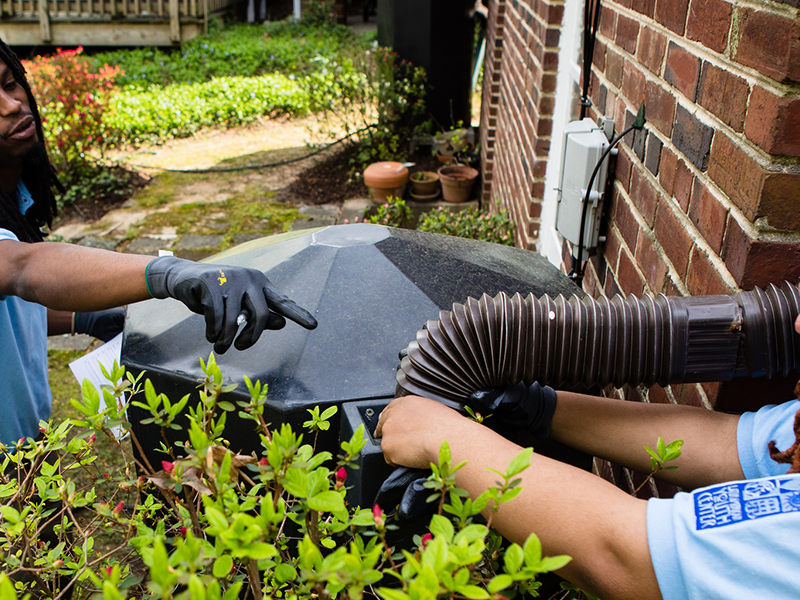Water-borne pathogens―which cause illnesses and beach closings―are the focus of the San Diego Region’s 2010 Bacteria Total Maximum Daily Load (TMDL). To understand the implications of various approaches to reducing bacteria levels, the cost-benefit analysis (CBA) uses the best available science and most current economic techniques to evaluate the benefits of several alternative scenarios.
The analysis quantifies public health and recreation benefits, but also accounts for co-benefits such as increased property values, carbon sequestration and habitat improvements from green infrastructure. The CBA finds that efforts to address sewers and other sources of human pathogens can provide benefits more cost-effectively than traditional stormwater management or stream restoration. These findings represent a major step forward in identifying optimal strategies for bacteria TMDLs.
Environmental Incentives has worked with a Steering Committee of six San Diego-region government agencies, in partnership with ECONorthwest, to produce the CBA. The 2-page Fact Sheet provides an overview of the analysis, including a brief introduction to methods, assumptions and major findings. The complete draft report provides full details and is available for public review until August 27th.
To learn more, contact Evan Branosky or Chad Praul.



